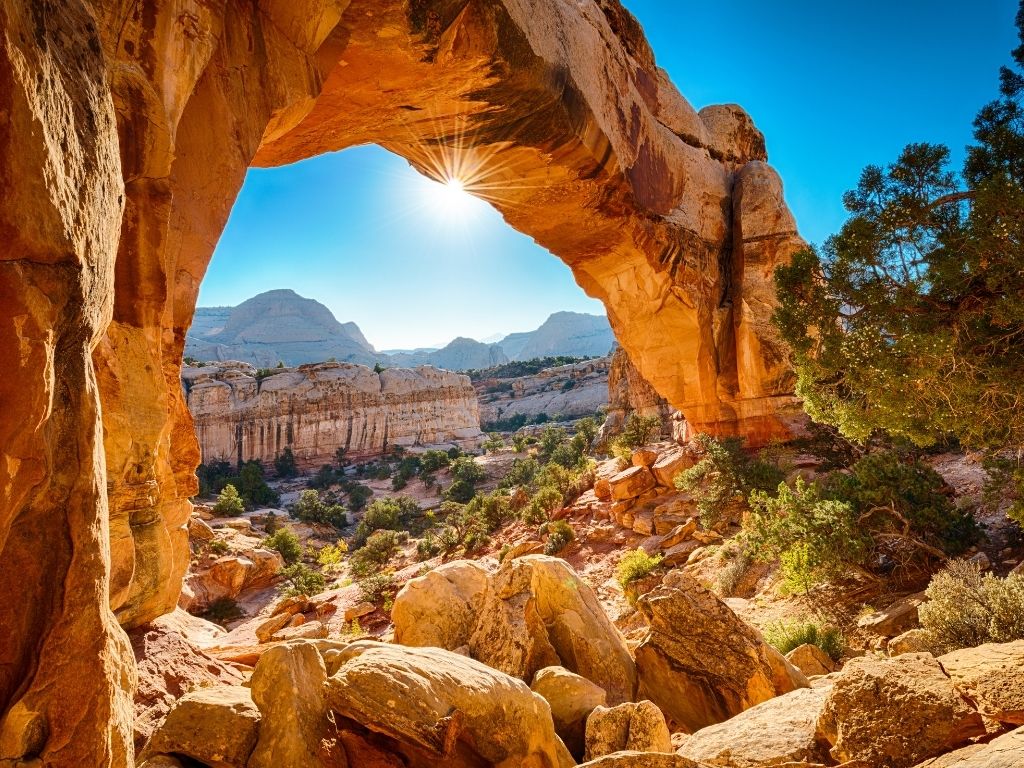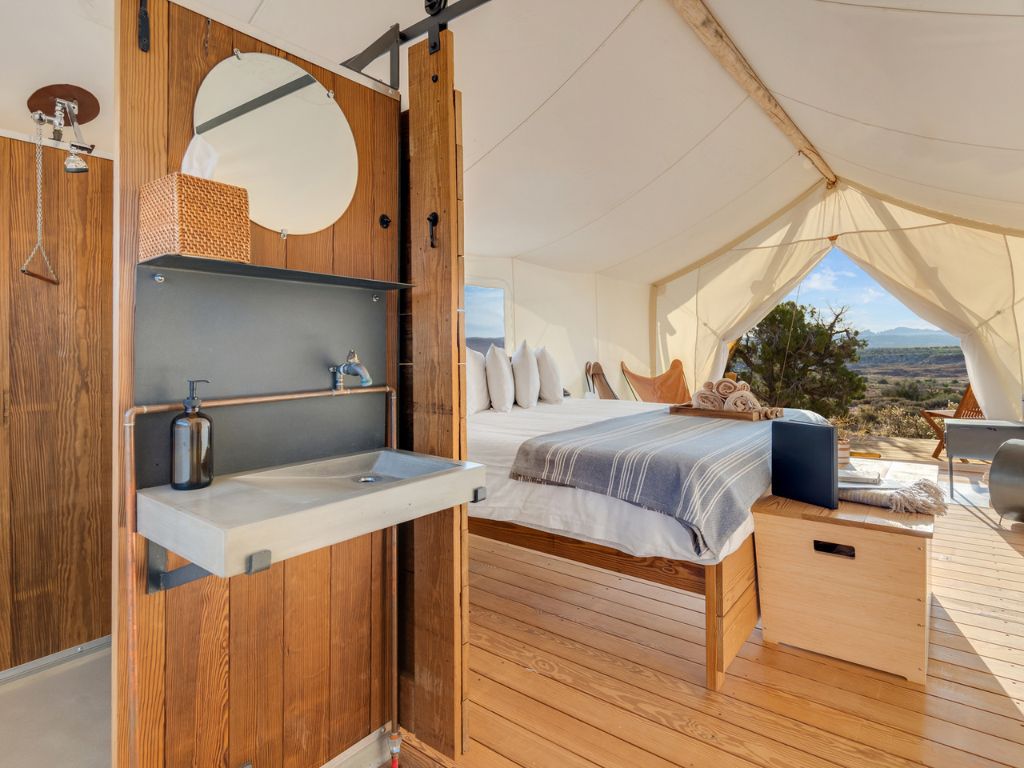When is the best time to visit Bryce Canyon National Park?
-
Watch
-
Read
-
Listen
<
>
There isn’t a bad time of year to visit Bryce Canyon. The Peak months are April to October and the park is open 24 hours a day year round. Ideally, enter the park early in the morning or late in the afternoon as temperatures are cooler and the light is better for taking photographs. You can buy your National Park pass in advance online to save time at the entrance stations.
For many visitors witnessing sunrise or sunset are highlights of a trip to Bryce Canyon National park and you can also return to the park after dark to stargaze.
June and July are the busiest months and parking areas fill up quickly near popular trailheads all summer long.
Summer days tend to be pleasant, with daytime highs in June typically in the high 60s to low 70s (°F). Temperatures in July and August range from high 70s to low 80s (°F) and rainfall peaks with frequent, but usually brief afternoon thunderstorms.
September temperatures are similar to June but afternoon thunderstorms are still common.
From October to May temperatures fall below freezing nearly every night with the coldest and snowiest periods being from December through February.
Some roads and trails are closed during the winter months but the main road to Bryce Point is well plowed and remains open in most conditions.
Visiting in winter is good for off-season hotel rates and milder sunny weather. Occasional winter snowfall adds to the already amazing scenery.
The weather can change quickly in any season at this high elevation so always check for the latest conditions on the National Parks Service website or at the park visitors centre before starting your visit.
For many visitors witnessing sunrise or sunset are highlights of a trip to Bryce Canyon National park and you can also return to the park after dark to stargaze.
June and July are the busiest months and parking areas fill up quickly near popular trailheads all summer long.
Summer days tend to be pleasant, with daytime highs in June typically in the high 60s to low 70s (°F). Temperatures in July and August range from high 70s to low 80s (°F) and rainfall peaks with frequent, but usually brief afternoon thunderstorms.
September temperatures are similar to June but afternoon thunderstorms are still common.
From October to May temperatures fall below freezing nearly every night with the coldest and snowiest periods being from December through February.
Some roads and trails are closed during the winter months but the main road to Bryce Point is well plowed and remains open in most conditions.
Visiting in winter is good for off-season hotel rates and milder sunny weather. Occasional winter snowfall adds to the already amazing scenery.
The weather can change quickly in any season at this high elevation so always check for the latest conditions on the National Parks Service website or at the park visitors centre before starting your visit.





